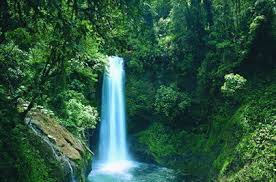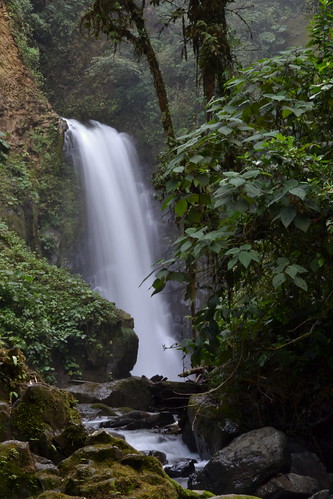The splendid gardens of La Paz are located on the slopes of the Poas volcano, just an hour from San Jose, in the central highlands. La Paz Waterfall Gardens offers lush tropical rain forest, flowing white rivers, spectacular waterfalls, birds, butterflies, monkeys, sloths, snakes, frogs and jaguars. At La Paz Waterfall Gardens, you are guaranteed to see all that and morThis area is rich in bio diversity thanks to an altitude of that varies between 4,000 and 5,000 feet, allowing for both cloud forest and rain forest to co-exist. Be prepared for a truly magical experience. Here, visitors will find the largest butterfly observatory in the world, hummingbird and bromeliad gardens, a serpentarium, frog pond, and 5 striking waterfalls. The Peace Lodge at La Paz Waterfall Gardens offers the ultimate awakening of your senses. Here every magical sight, wondrous smell and sensual touch create irreplaceable memories of a journey you wish to take again and again.













